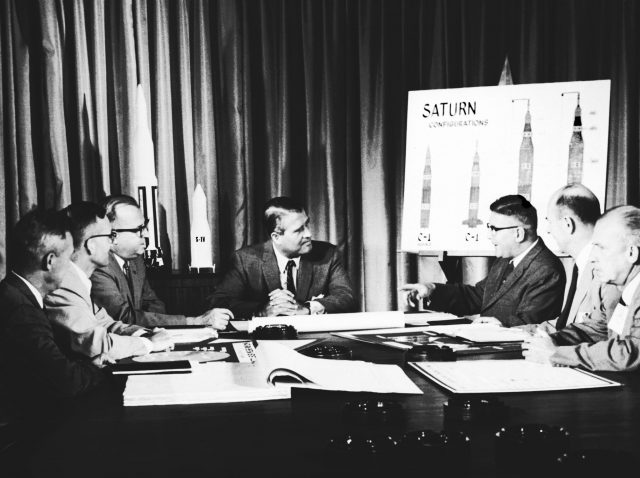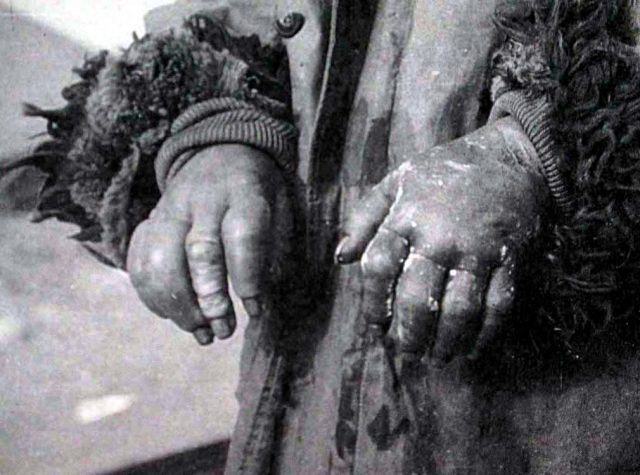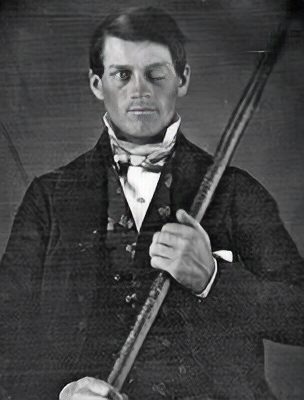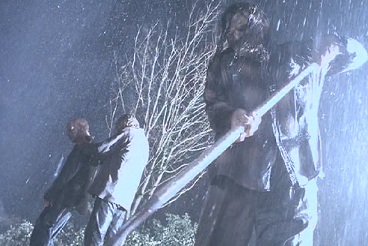The X-Files was a television series known for its supernatural and mythical storylines. However, many of the episodes in the series are based on real-life events, people, and mysteries. Here, we examine episodes that were inspired by real-life historical events. Proceed with caution, however, there are spoilers ahead!
Operation Paperclip

Operation Paperclip was a covert United States intelligence program in which more than 1,600 German scientists, engineers, and technicians were taken from the former-Nazi Germany back to the United States for employment after the Second World War. Many of the German scientists that were brought over were even former leaders of the Nazi party.
An episode in the third season of The X-Files is based on the real Operation Paperclip. Fittingly titled “Paperclip,” the episode follows the FBI agents Fox Mulder (played by David Duchovny) and Dana Scully (played by Gillian Anderson) as they uncover government documents from Nazi scientists working as part of Operation Paperclip, who may have been responsible for creating a race of human-alien hybrids.
Unit 731

Two episodes in the third season of The X-Files were based on the atrocities committed by the Japanese Imperial Army during the Second World War. After the Japanese invasion of China, the Japanese government set up a covert biological and chemical warfare research and development unit. Known as Unit 731, the Imperial Army carried out human experiments on Chinese citizens and prisoners of war in an attempt to weaponize diseases. Many countries, including the United States, did not try the researchers for their experiments in exchange for the information obtained by these human experiments.
The X-File episodes “Nisei” and “731” are based on these experiments. Human experimentation appears throughout both episodes.
Phineas Gage

In 1848, American railroad construction foreman Phineas P. Gage suffered a terrible accident that resulted in him being impaled in the skull by a railroad spike. Remarkably, Gage survived this accident but his personality was completely altered as a result of the brain injury he experienced. His family described him simply as no longer himself.
The X-Files episode “Duane Barry” is based on the case of Phineas Gage. Fox Mulder and Dana Scully interview a psychiatric patient named Duane Barry, who claims that he has been abducted by aliens. However, later in the episode, Scully discovers that Duane Barry’s frontal lobe had been damaged by a gunshot wound decades earlier, which helped explained Barry’s beliefs. Although Scully does cite the Phineas P. Gage case in the episode, she describes Gage as violent and immoral. However, this is not the truth as following his accident, Phineas Gage was able to go on and live a productive life until his death.
The Ward Family

One of the most unsettling episodes of The X-Files was titled “Home” and aired during the show’s fourth season. In fact, “Home” is the only episode of The X-Files to carry a TV-MA rating, and the first episode of the series to receive a viewer discretion warning due to its disturbing content. Mulder and Scully travel to the isolated town of Home, Pennsylvania to investigate the death of a child who was born with severe physical defects. The episode focuses on the Peacock family and deals with issues of incest and abuse within the family.
The episode is thought to be based on the Ward family who gained national attention when one brother (Delbert Ward) was charged with killing his brother (William Ward). The Ward family lived in a rural farming community near Utica, New York. The Ward brothers had notably low IQs, were illiterate, and were hermits. During the murder trial, the townsfolk maintained the innocence of the Ward family. Ultimately the charges against Delbert Ward were dropped when it was realized that the brothers were coerced into signing a statement of guilt, which they wouldn’t have been able to understand due to their illiteracy. The 1992 documentary film Brother’s Keeper focuses on the story of the Ward brothers.
Polly Klaas Case

In October 1993, 13-year old Polly Klaas was kidnapped from a slumber party at her mother’s home in Petaluma, California. Klaas’s body was later discovered, her cause of death being strangulation. Her killer was eventually convicted of death.
More From Us: How Hollywood Got Our Hopes Up For The Pentagon’s UFO Report
The season three episode “Oubliette” has similarities to the Polly Klaas Case. In the episode, 15-year old Amy Jacobs is kidnapped from her bedroom in the middle of the night. Originally, Amy Jacobs was written as a 12-year old, but screenwriters were worried about the parallels between the Klaas case and her age was changed. Sadly, unlike Polly Klaas, Amy Jacobs survived her kidnapping in the episode.
